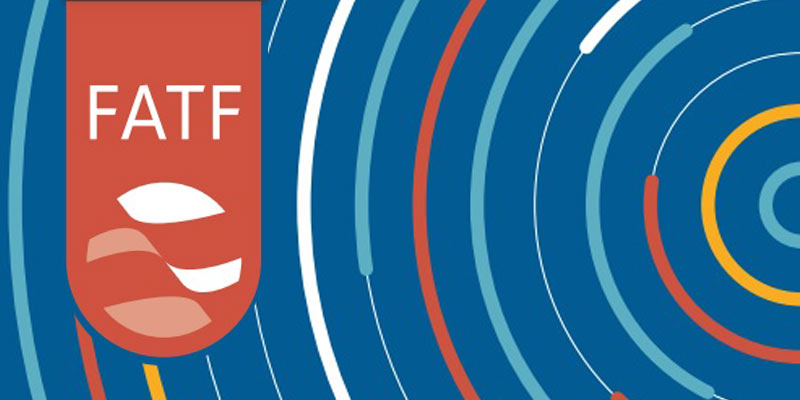- India
- Jun 29
- Kevin Savio Antony
FATF recognises India’s efforts to combat money laundering, terrorist financing
• India has achieved an “outstanding outcome” in the 2023-24 Mutual Evaluation conducted by the Financial Action Task Force (FATF).
• The Mutual Evaluation Report, adopted during the FATF plenary held in Singapore from June 26 to June 28, placed India in the ‘regular follow-up’ category, a distinction shared by only four other G20 countries.
• This marks a significant milestone in India’s efforts to combat money laundering (ML) and terrorist financing (TF).
Key highlights of the report:
• FATF has recognised India’s comprehensive measures in mitigating risks arising from ML and TF, including the laundering of proceeds from corruption, fraud, and organized crime.
• It includes effective measures to transition from a cash-based to a digital economy, reducing ML/TF risks and Implementation of the JAM (Jan Dhan, Aadhaar, Mobile) Trinity and stringent regulations on cash transactions, significantly increasing financial inclusion and digital transactions, making transactions more traceable and reducing ML/TF risks.
• India’s performance in the FATF Mutual Evaluation brings substantial benefits to the country’s growing economy as it highlights the stability and integrity of its financial system.
• The high ratings will enhance access to global financial markets and institutions, boost investor confidence, and support the global expansion of India’s fast payment system, the Unified Payments Interface (UPI).
• Indian authorities have had success in dismantling the terror funding network using actionable intelligence inputs. These operations have stemmed the flow of terror funding, black money, and narcotics, even along the coastline.
What is the FATF?
• The Financial Action Task Force (FATF) is an intergovernmental organisation established in 1989 as the international watchdog to combat money laundering, terrorist financing, and other related threats to the integrity of the international financial system.
• The FATF is a policymaking body that works to generate the necessary political will to bring about national legislative and regulatory reforms in these areas.
• The FATF currently has 40 members including two regional organisations — the European Commission and Gulf Cooperation Council.
• India is a member of the FATF consultations and its Asia Pacific Group.
The FATF has two types of lists:
1) High Risk Jurisdictions Subject to a Call for Action (Black List)
2) Jurisdictions under Increased Monitoring (Grey List).
1) Black List
• High-risk jurisdictions have significant strategic deficiencies in their regimes to counter money laundering, terrorist financing, and financing of proliferation.
• This list is referred to as the ‘Black List’.
• Iran, North Korea and Myanmar are on the FATF Black List.
2) Grey List
• Countries that are considered as safe havens for supporting terror funding and money laundering are included in the ‘Grey List’.
• When the FATF places a jurisdiction under increased monitoring, it means the country has committed to swiftly resolve the identified strategic deficiencies within agreed timeframes and is subject to increased monitoring.
• Inclusion in the Grey List makes it difficult for a country to get financial aid from world bodies such as the IMF. The list makes it difficult to get investors and creditors, adversely impacts exports, output and consumption and also makes it difficult for global banks to do business with a listed country.
• Bulgaria, Burkina Faso, Cameroon, Croatia, Congo, Haiti, Kenya, Mali, Monaco, Mozambique, Namibia, Nigeria, Philippines, Senegal, South Africa, South Sudan, Syria, Tanzania, Venezuela, Vietnam, Yemen are on the FATF Grey List.
(The author is a trainer for Civil Services aspirants.)

